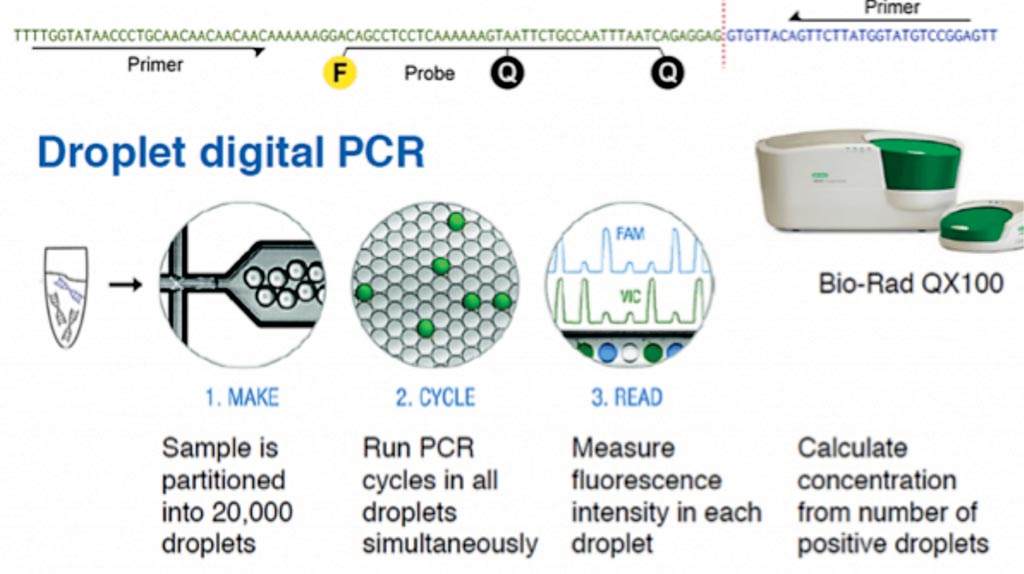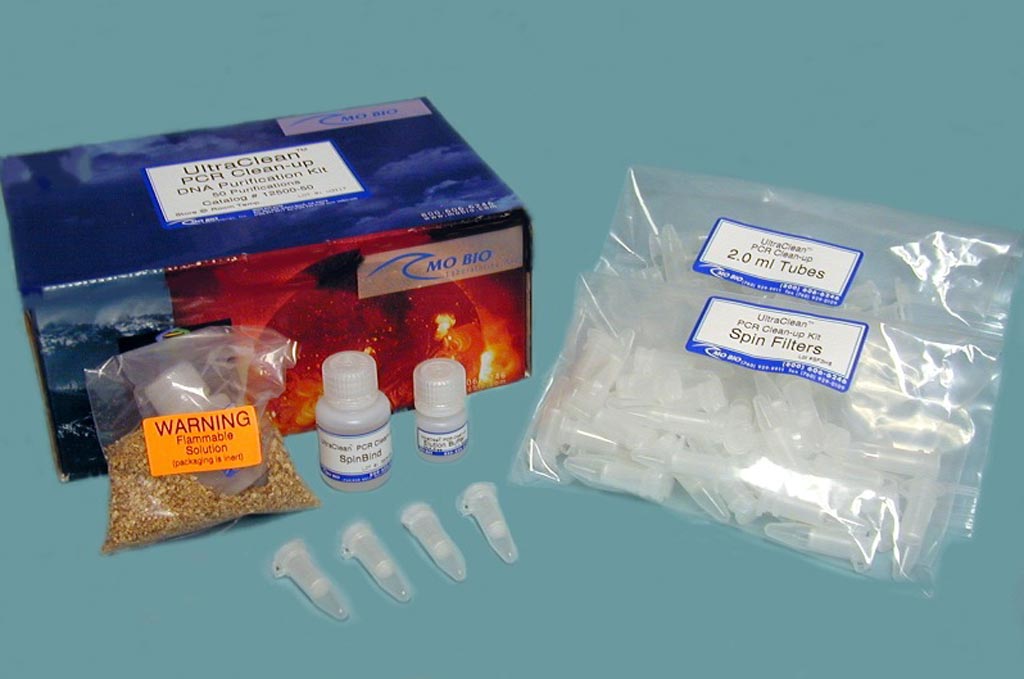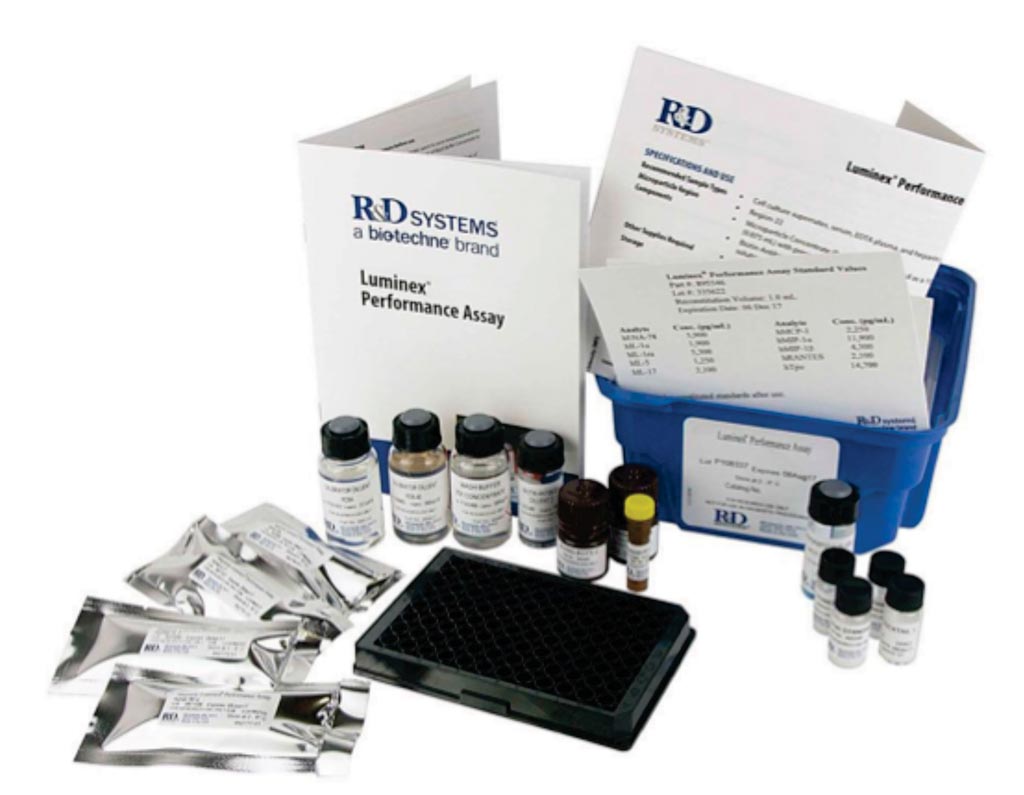Pathology

Suite of Risk Variants Revealed in Hirschsprung's Disease
Hirschsprung’s disease, or congenital aganglionosis, is a developmental disorder of the enteric nervous system and is the most common cause of intestinal obstruction in neonates and infants, often appearing in combination with other symptoms in a manner that may reflect specific syndromes. More...23 Apr 2019

CRC Gut Microbial Signatures Lead to Diagnostic Tests
Colorectal cancer (CRC), also known as bowel cancer and colon cancer, is the development of cancer from the colon or rectum (parts of the large intestine). A cancer is the abnormal growth of cells that have the ability to invade or spread to other parts of the body. More...18 Apr 2019

Genomic Classifier Test for Lung Disease Validated
In the appropriate clinical setting, the diagnosis of idiopathic pulmonary fibrosis (IPF) requires a pattern of usual interstitial pneumonia to be present on high-resolution chest computerized tomography (HRCT) scan or surgical lung biopsy. More...18 Apr 2019

Liquid Biopsy Potential Tested with ddPCR Technology
Droplet digital polymerase chain reaction (ddPCR) technology has been used to investigate the benefits of tracking drug-resistance mutations in the circulating DNA (ctDNA) of patients with hormone receptor-positive (HR+) metastatic breast cancer. More...10 Apr 2019



Haptoglobin Expression Linked to Newborn Outcomes
Proteomics has facilitated discovery of biomarkers to better understand the pathophysiology of early-onset neonatal sepsis with the goal of identifying as early as possible the newborns more likely to die or develop significant morbidity. More...09 Apr 2019
In Other News
EBV-DNA Measured in Nasopharyngeal Carcinoma Patients
Immune Relationship to Lung Tumor Evolution Characterized
Glioblastoma Driver Mutations Appear Long Before Diagnosis
Adverse Drug Response Risk Gene Identified for IBD
Virus-Associated Liver Cancer Detected by Blood Tests
Diabetics Experience High Blood Sugar after Joint Surgery
Proteomics Profile Early Detection Ovarian Cancer
Oral Bacteria Linked to More Aggressive Tumors
Five-Gene Signature Predicts Survival from Renal Cell Carcinoma
EBUS More Reliable Than Histology for Cancer Diagnoses
Nanopatterned Microfluidic Chip Detects Cancer Markers
Liquid Biopsy Proves Effective as Biopsy for NSCLC
New Microfluidics Device Detects Cancer Cells in Blood
Blood Test Predicts Kidney Transplant Rejection
Immunohistochemical Stain Facilitates cHL Diagnosis
Cervical Microbes Potentially Tied to Infections and Lesions
Genetic Defect Linked to Pediatric Liver Disease
Gastric Cancer Analysis Identifies Four Subtypes
Gene Missense Variant Associated with Crohn's Disease
MicroRNAs Provide Clues in Primary CNS Lymphoma
Atrophic Gastritis Prevalence Determined by Serological Evidence
Genetic Causes of Salivary Gland Carcinoma Discovered
Microbiome Helps Identify Patients with Early-Stage Cancer
The Pathology channel details advances in the field of Surgical Pathology and all its subspecialties, including Cytopathology and its subspecialties.











